
Welcome to a new series on The Wandering Lens in which I interview fellow photographers from around the world about their work, their inspirations, recommendations and the stories behind their favourite shots.
First up is Agata, a photographer who caught my eye on Instagram with her stunning drone work over snow covered landscapes. Take a peek at this reel on Instagram and you’ll see what I mean!
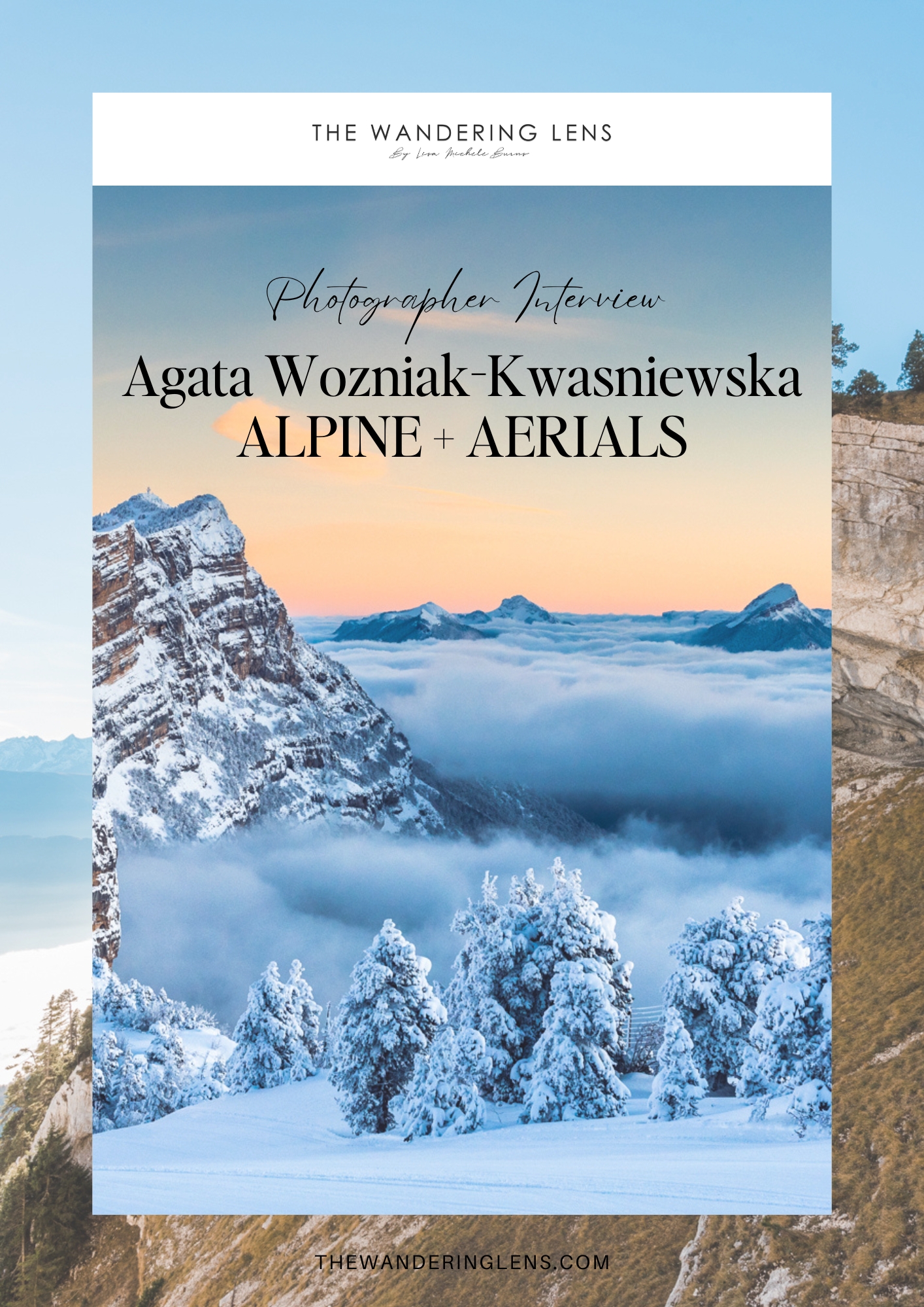
The Interview
Photographer Name: Agata Wozniak-Kwasniewska
Website: https://www.awkphotography.com
Instagram: @agatawk_photo
1. What is it about the mountain landscapes that inspires your photography, and how do you feel it influences your creative vision?
Mountain landscapes are majestic and inspiring, offering a palette of textures, colours, and light that are both a challenge and a delight to capture through photography. The rugged peaks, serene valleys, and dramatic skies are an integral component of the picture. These elements have their own character in each frame. What inspires me the most about these landscapes is the sense of scale and the reminder of the natural world’s beauty. Mountains evoke a sense of wonder and challenge me to express not just what I see, but what I feel in their presence.
This inspiration deeply influences my creative vision by pushing me to seek out unique perspectives and moments that truly capture the essence of the mountain environment. I find myself constantly exploring the play between light and shadow, the textures of the rock and vegetation, and the way weather and seasons dramatically alter the mood of the landscape.
Moreover, mountain landscapes encourage me to experiment with various techniques, from long exposures to capture the movement of clouds or water, to focus stacking to ensure every detail from the foreground to the distant peaks is sharp. This environment challenges me mentally and physically and pushes me to improve my technical skills while nurturing a deeper connection with nature.
In essence, mountain landscapes inspire my photography by offering something that is both intimidating and inviting. They influence my creative vision by driving me to not only capture the visual spectacle but to also evoke the feelings of awe, solitude, and respect that these wild places inspire. Through my lens, I aim to show the deep respect I feel for the mountains, hoping to inspire others to appreciate and protect these magnificent landscapes.

2. Can you share your favourite location to photograph and what makes it special to you?
My favourite destinations include the French Alps, Senja, and Lofoten in Northern Norway. I lived in the Alps for nearly a decade, just an hour’s drive from some breathtaking spots that became my playground. My love for the area around Grenoble began during a student exchange in 2006, and it quickly felt like home. After finishing my studies, I returned with my growing family. Whenever possible, I escaped to the mountains for hikes, photography, or simply to enjoy a meadow brimming with wildflowers. Over the years, I was fortunate enough to explore various parts of the Alps, holding some places dear to my heart. A few to mention are Vallée de la Clarée, Les Ecrins with its expansive valleys and towering peaks, Belledonne – my favorite spot for capturing sunsets after work, and the wild, relatively undiscovered Vercors, which I explored extensively in my last years in Grenoble.


In summer 2022, we relocated to Oslo, Norway, for a great job opportunity. Interestingly, we moved to a country we had never visited before – a thrilling leap. However, I was already familiar with Norway’s breathtaking nature. Although I miss the immediate proximity to the Alps, Norwegian landscapes offer their own wild beauty. Moreover, Lofoten and Senja are just a 2-hour flight away, places I’ve only recently begun to explore. While Lofoten is well-known and often crowded with tourists in summer, Senja offers a wilder, less touristy experience with its capricious weather and majestic mountains rising straight from the fjords. Despite this, my love for Lofoten is so strong that I visit annually. The region’s unpredictable weather, capable of cycling through four seasons in a single day, from clear skies to hailstorms to rainbows, presents a challenge I eagerly embrace.

3. How do you decide on your creative focus for a project or a single photograph, and where do you draw your inspiration from?
Deciding on a creative focus for a project or a single photograph is indeed challenging. I find myself inspired by the natural world—its patterns, colours, and formations often guide what I aim to capture. Before heading out, I thoroughly research my location, utilizing tools like Google Earth to understand the light and prepare as much as possible technically. However, once on location, I tend to immerse myself in the moment and often let intuition guide me. This approach means I sometimes forget about the shots I initially planned to take…

As for drawing inspiration, I must admit, Instagram has become my modern-day ‘Lonely Planet.’ Given my commitments as a full-time employee and a parent, it’s the most accessible and convenient source of inspiration for me. It offers a quick sneak peek to a world of endless visual ideas, even when time and responsibilities limit my ability to explore.
4. Could you describe a particular photography technique or approach you’ve been exploring recently and what you’ve learned from it?
Around three years ago, I began experimenting with focus stacking, after previously delving into bracketing. In the past, I would carry an array of filters. However, my back eventually protested against the weight. Now, I travel lighter, carrying only the essentials—namely, ND filters of various densities and a polarizer. Bracketing has proven to be an effective solution when dealing with scenes that have a high dynamic range.
As for drawing inspiration, I must admit, Instagram has become my modern-day ‘Lonely Planet.’ Given my commitments as a full-time employee and a parent, it’s the most accessible and convenient source of inspiration for me. It offers a quick sneak peek to a world of endless visual ideas, even when time and responsibilities limit my ability to explore.

Regarding focus stacking, I’ve grown quite fond of it. It’s a technique that has significantly expanded my creative options. However, I constantly remind myself of the beauty and artistry found in photos with a blurry foreground. It’s a reminder that images don’t always need to be pin-sharp from foreground to background. Embracing both sharpness and softness in my photographs has been a valuable lesson, adding depth and variety to my work.
5. What is your preferred lens for your photography work, and why do you choose it over others?
Honestly, I don’t have a single preferred lens for my photography; my choice varies based on the project. The 24-70mm lens has always been a reliable workhorse for me, but I’ve recently switched to a 24-120mm for its additional reach, and I couldn’t be happier with the decision. The extra zoom allows for more flexibility without sacrificing image quality.

In 2021, I acquired a 100-400mm lens, and it has been a revelation. The ability to focus on details and isolate subjects has significantly expanded my creative possibilities—I absolutely adore it. For wide-angle shots that capture expansive scenes and dramatic foregrounds, my 14-30mm lens is irreplaceable. Its perspective is essential for certain landscapes and architectural work.

However, when I crave a break from conventional perspectives, I turn to my Edge 35 Lensbaby. This lens is a breath of fresh air, allowing my artistic side to soar. It’s an invaluable tool for resetting my creative mindset, especially when I find myself in a photographic rut. Using the Lensbaby encourages me to view the world differently, refreshing my vision and approach to photography.
6. Can you share one of your favourite images and why you like it/why you’re proud of it?
One of my favorite images captures ‘La Tour Percée,’ a secluded marvel nestled in the Chartreuse region of the French Alps. This natural arch is situated on private property, shrouded within an expansive forest, without any official trails leading to it. In fact, venturing there is technically prohibited. Yet, like many others, I was drawn to its mystery and managed to capture one of my most cherished and potentially my finest photographs.

The journey to ‘Tour Percée’ was unintended; I had originally set out to capture a sunrise from a nearby location but realized I was relatively close to this hidden gem. In a second, I decided to seek it out, departing on what turned out to be a hazardous trek. The journey was arduous, involving three hours of navigating steep, treacherous terrain. Actually, it was very stupid what I did. However, the effort was rewarded when I finally arrived to find that I had the entire place to myself. Those who had been there earlier had departed, leaving me in solitude with this amazing place.
The feeling of having such a breathtaking scene all to oneself is indescribable. It was not just the beauty of the ‘La Tour Percée’ that made this image special to me, but also the memories of the adventure and the risks taken to capture it. The photograph is a testament to the lengths I am willing to go for my passion, and it embodies the essence of exploration and discovery that drives my photography.
7. Looking back a few years, has your photography style evolved as you’ve continued to explore and photograph?
My photography style has evolved tremendously over the years, especially around 2015, which was a pivotal year for me. This was when my youngest child was born, and I took a year-long maternity leave. During this period, I had the opportunity to truly immerse myself in photography. I devoted time to learning new techniques and deepening my understanding of Lightroom, which allowed me to enhance my photos in ways I hadn’t explored before.
Being on leave also gave me the freedom to engage with my passion for nature. I made it a point to bring my camera with me on every walk I had with my daughter, capturing the beauty of the everyday moments and the natural world around me. This time of exploration and practice was not just about improving my technical skills but also about connecting more deeply with landscapes I love.

Moreover, it was during this transformative period that I began working as a family photographer. This new venture allowed me to apply the skills and perspectives I had developed, further shaping my style and approach. When I look back at it now, I see that my journey through photography has been profoundly influenced by these experiences, marking a significant evolution in my work and creative expression.
8. What piece of advice would you give to photographers looking to capture beautiful landscape photographs?
For photographers aiming to capture stunning landscape photos, preparation is key. Start by thoroughly researching your location ahead of time. Gather as much information as you can about the area, focusing on geographical features, potential viewpoints, and how the sun’s direction changes throughout the day. Understanding the lighting conditions is crucial; the golden hour (shortly after sunrise or before sunset) and the blue hour (just before sunrise and just after sunset) offer softer, more forgiving light that can dramatically enhance your photographs. During these times, even minor mistakes can be overshadowed by the beauty of the light.

However, don’t underestimate the power of photographing under challenging weather conditions. While it’s more difficult, the results can often be breathtaking. In such scenarios, composition becomes even more critical. It’s about finding balance, guiding the viewer’s eye, and making the most of what tough weather brings.

Stunning light can make a significant difference, turning a good photo into an extraordinary one. But it’s the combination of preparation, understanding of light, and composition that truly elevates landscape photography. And lots of luck, I’m afraid too.
9. If you’re recommending a location in Norway for photographers to visit, where would it be? Imagine they’ve never been to Norway, and this would be their first glimpse…
Norway stands as a beacon of natural beauty in Europe, offering breathtaking landscapes at every corner. From my experiences, it feels like every place of this country holds something spectacular. A prime example is Vestland, renowned for its expansive fjords where mountains majestically rise straight from the waters. This region is a paradise for nature lovers, dotted with countless waterfalls and stunning vistas. Like many more!
However, my personal favourite is the area stretching from Lofoten to Tromsø. The allure of Lofoten, with its dramatic mountains, deep fjords, lakes, vast ocean, and untamed wilderness, is unparalleled. The weather here is as unpredictable as it is beautiful, showing the raw force of nature in its purest form. It’s a place where I find immense peace, joy, and inspiration, not just in photographing the majestic landscapes but also in seeking out the less trodden paths away from the crowds.

For anyone visiting Norway for the first time, I would highly recommend exploring the Lofoten Islands and the islands towards Tromsø. Here, you’ll experience the essence of Norway’s natural beauty. It’s an opportunity to immerse yourself in landscapes that are as enchanting as they are inspiring, offering endless possibilities for photographers to capture the magic of the Norwegian wilderness.
10. Let’s play a little hypothetical, you’re hoping to capture and document your ideal subject or scene…what is it, and when would you go?
Deciding on a single dream subject or scene is challenging because the list of possibilities is endless. However, one dream that stands out vividly in my mind is capturing the core of the Milky Way. To do this, I’d choose a location where the skies are famously clear and the light pollution minimal, such as a desert or perhaps on Tenerife in May. The idea of photographing the Milky Way in such settings has always captivated me, especially after seeing some truly awe-inspiring images and reading about the experiences of others who have done it. It’s a dream I’d love to turn into reality one day.

11. What’s next for you and are you working on any projects, or portfolio galleries?
The past two years have been a significant challenge for me, particularly regarding my health, which unfortunately restricted my ability to engage fully in outdoors photography. Thankfully, that chapter is closing, and I am on the mend. With my recovery nearly complete, I’m impatiently awaiting the moment I receive the all-clear to grab my hiking backpack once more.
My immediate plan is to return to the mountains – a place I consider my happy place. There, I hope to soak myself in the landscapes that inspire me most and capture the beauty of the natural world through my lens. The mountains have always been where I feel most at peace and creatively alive. Now that I’m almost ready to embark on hiking adventures again, I’m looking forward to not only reconnecting with my passion for photography in my favourite settings but also to compiling a portfolio of new work that reflects this renewed phase of my journey.
Being in the mountains and behind the camera again is what I’m most excited about. It’s not just about taking photographs; it’s about returning to my place, where I feel most connected to myself and the world around me. This next chapter is one I look forward to with great anticipation, ready to explore, capture, and share the beauty I find with renewed energy and perspective.

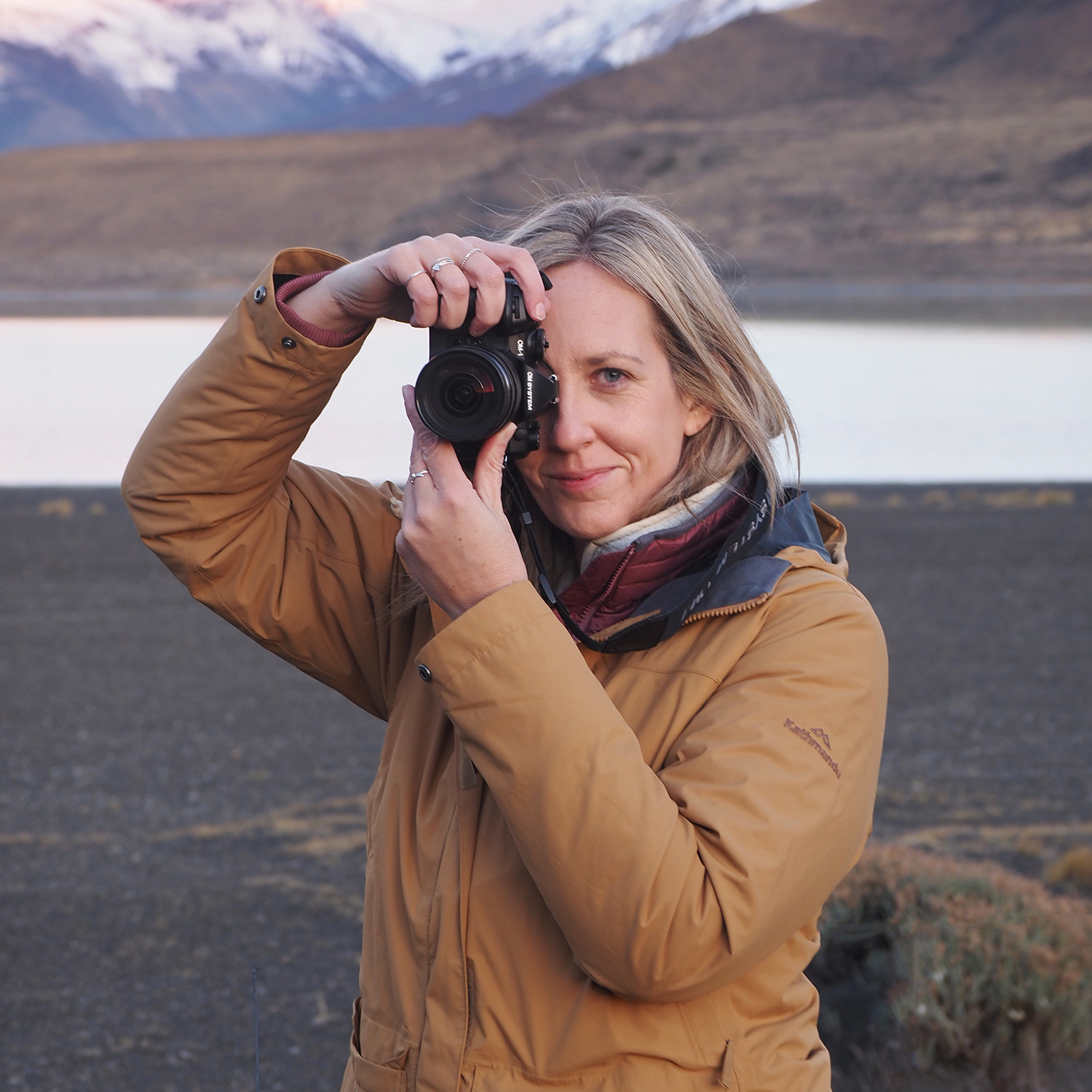
Hello! I’m the founder and photographer behind The Wandering Lens.
With 19+yrs experience as a professional travel and landscape photographer, all advice found on this site is from my personal experience, or that of contributors, on the road. I hope it’s useful for your own travels and would love to hear in the comments about your trips and experiences around the world.

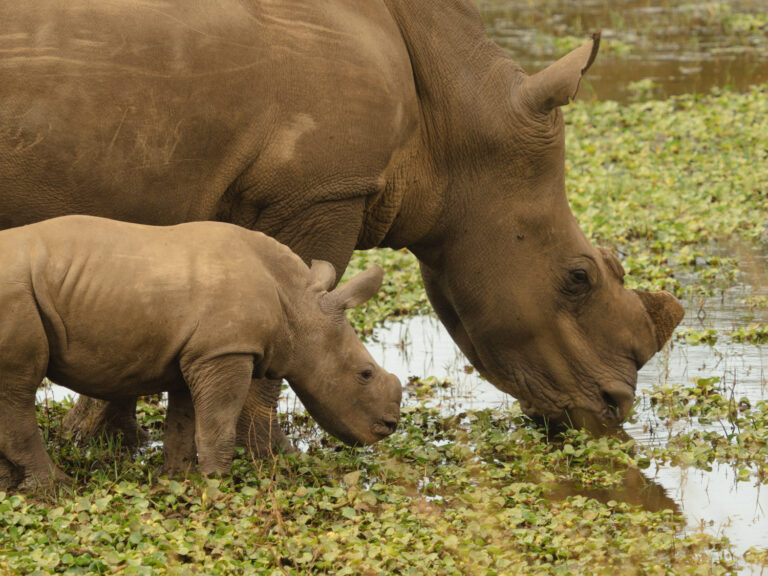
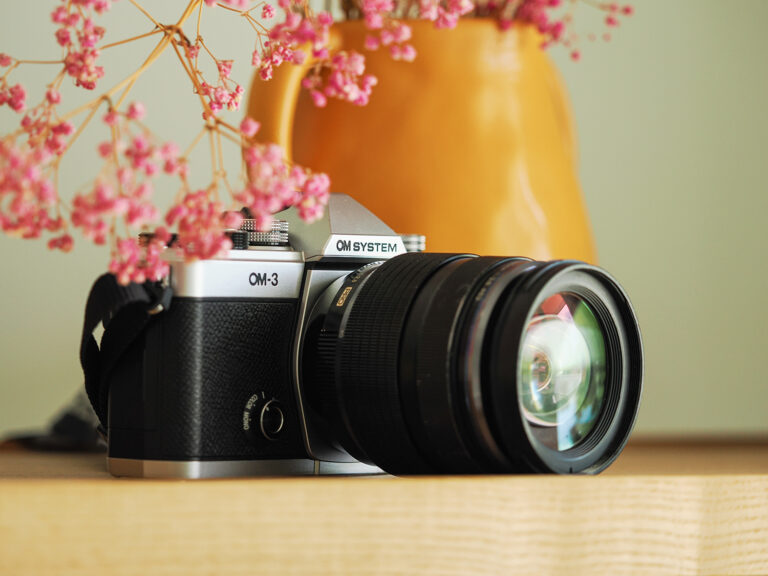
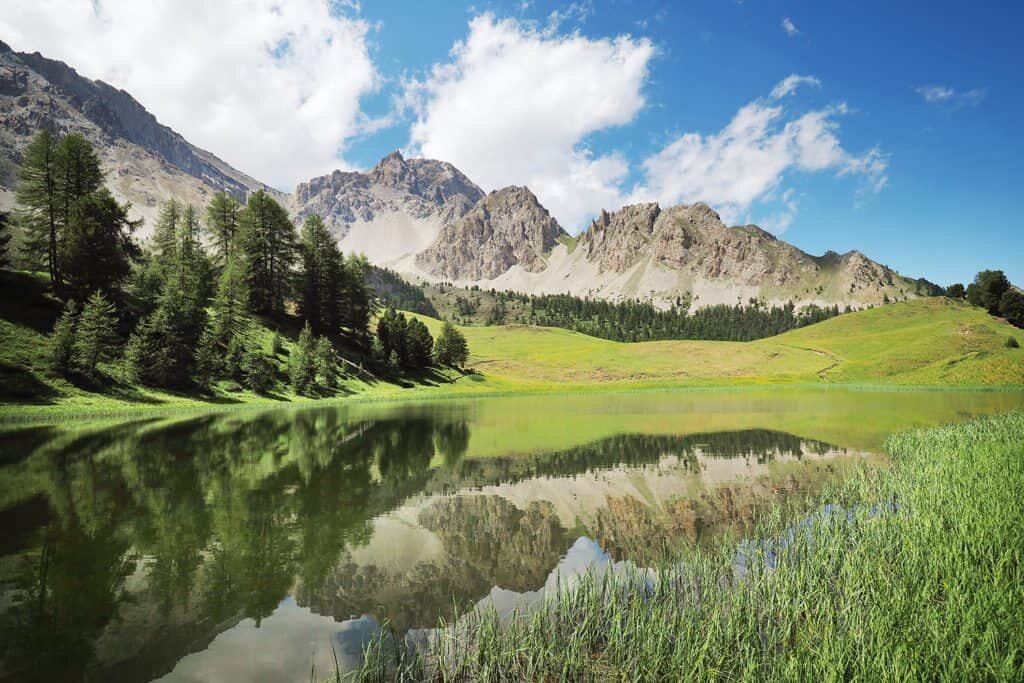
Leave a Comment